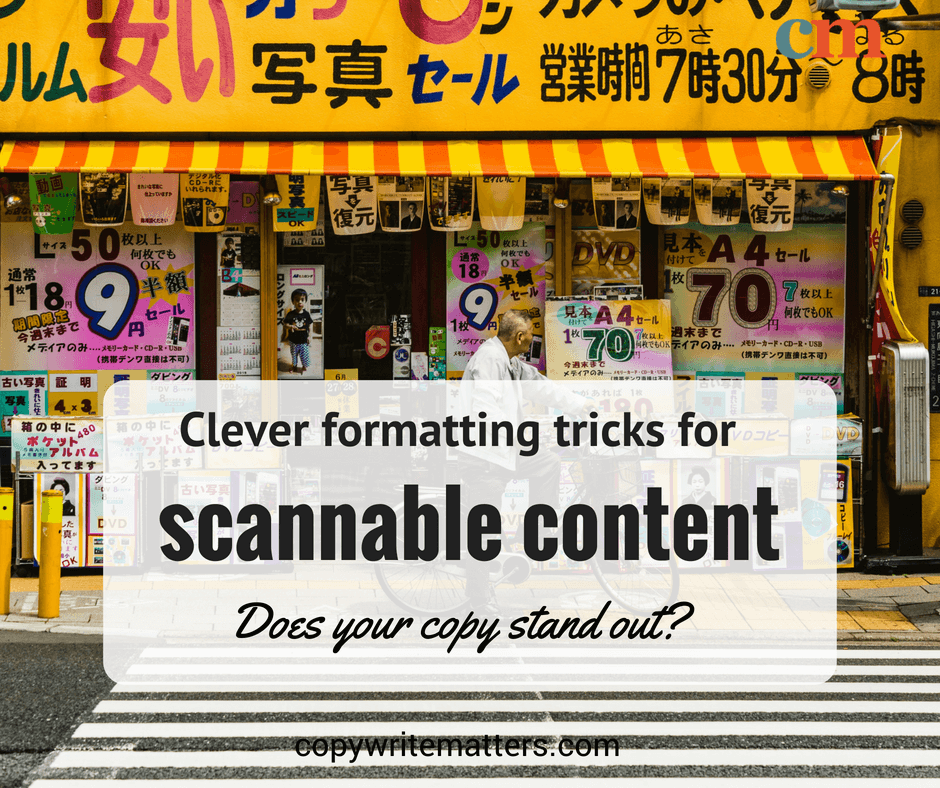
In today’s fast-paced digital world, attention spans are shorter than ever. Readers don’t have the patience to wade through long paragraphs or dense blocks of text. Instead, they scan for key points, visual cues, and easy-to-digest information. This is where scannable content becomes essential. Whether you’re a blogger, marketer, or content creator, learning how to write scannable content that keeps readers engaged can significantly boost your traffic, engagement, and conversions.
This guide will walk you through the principles of scannable content, why it matters in 2025, and how to implement it effectively. By the end, you’ll have a clear framework to create content that not only grabs attention but also retains it.
What Is Scannable Content and Why It Matters
Scannable content refers to written material designed to be easily scanned rather than read in full. It uses formatting techniques like short paragraphs, bullet points, subheadings, and visuals to help readers quickly find the information they need.
Why does this matter? According to a study by the Nielsen Norman Group, users read only about 20% of the text on a webpage. The rest is skimmed or skipped entirely. This means that if your content isn’t scannable, you risk losing readers before they even get to the core message.
Moreover, with the rise of AI-driven search engines and voice assistants, scannable content aligns better with how users interact with information. Search engines now prioritize content that matches user intent and provides quick, clear answers—making scannability more important than ever.
How Scannable Content Impacts SEO Performance
Scannable content doesn’t just improve user experience—it also has a direct impact on SEO performance. Here’s how:
- Dwell Time: When readers can quickly find what they’re looking for, they’re more likely to stay on your page longer. This increases dwell time, a key ranking factor for search engines.
- Bounce Rate: Poorly formatted content often leads to high bounce rates. Scannable content reduces this by making it easier for users to navigate and find value.
- Click-Through Rate (CTR): Well-structured content with clear headings and bullet points makes it easier for users to engage, which can lead to higher CTRs from search results.
- Mobile Optimization: With mobile devices dominating web traffic, scannable content is crucial for ensuring a smooth reading experience across all screen sizes.
Additionally, scannable content supports E-E-A-T (Experience, Expertise, Authoritativeness, Trustworthiness), as it demonstrates that your content is well-organized, informative, and easy to consume.
Step-by-Step Implementation Framework
Creating scannable content is a process that involves planning, structuring, and optimizing. Follow this step-by-step framework to ensure your content resonates with readers:
-
Define or Audit the Current Situation
Start by analyzing your existing content. Are your paragraphs too long? Do your headings provide clear direction? Use tools like Grammarly or Hemingway Editor to assess readability. Also, review analytics to see which pages have high bounce rates or low dwell times. -
Apply Tools, Methods, or Tactics
Once you’ve identified areas for improvement, apply these tactics: - Break Up Text: Use short paragraphs (3–4 lines max) and separate ideas with line breaks.
- Use Headings and Subheadings: Organize content with H2 and H3 tags to guide readers through the article.
- Incorporate Visuals: Add relevant images, infographics, or charts to break up text and enhance understanding.
- Leverage Bullet Points and Lists: These make complex information easier to digest.
-
Highlight Key Takeaways: Use bold or italicized text to emphasize important points.
-
Measure, Analyze, and Optimize
After implementing changes, track performance using tools like Google Analytics, Hotjar, or SEMrush. Monitor metrics such as bounce rate, average session duration, and scroll depth. Use A/B testing to compare different formats and determine what works best for your audience.
Real or Hypothetical Case Study
Let’s look at a hypothetical case study to illustrate the impact of scannable content.
Scenario: A fitness blog published an article titled “10 Ways to Lose Weight Fast.” The original version was a wall of text with no formatting. As a result, the article had a 70% bounce rate and very low engagement.
Action Taken: The team redesigned the article using scannable content principles. They added subheadings, bullet points, and a summary section. They also included a short video explaining the top 3 tips.
Results: After the redesign, the bounce rate dropped to 35%, and average session duration increased by 60%. The article also saw a 40% increase in social shares and backlinks.
This example shows how scannable content can transform underperforming articles into high-engagement resources.
Tools and Techniques for Scannable Content
Here are some modern tools and techniques to help you create scannable content:
- SurferSEO: A powerful tool for keyword research and content optimization. It helps you structure content based on what top-ranking pages use.
- Grammarly: Improves readability and clarity by suggesting simpler language and better sentence structures.
- Canva: Great for creating engaging visuals, infographics, and social media posts that complement your content.
- Hemingway Editor: Highlights complex sentences and suggests simplifications to make your writing more scannable.
- Yoast SEO: Helps optimize content for both users and search engines, ensuring it’s structured for maximum readability.
- Google Trends: Useful for identifying popular topics and trends that resonate with your audience.
These tools not only make the writing process easier but also help ensure your content meets the expectations of both readers and search engines.
Future Trends and AI Implications
As AI continues to evolve, the importance of scannable content will only grow. With the rise of multimodal search and voice assistants, users are increasingly relying on concise, well-structured content to get quick answers.
Search engines like Google are also prioritizing content that aligns with user intent. This means that scannable content—especially content that answers questions directly and clearly—will rank higher.
To stay ahead, focus on:
– Creating content that is both informative and easy to scan.
– Using structured data and schema markup to enhance visibility.
– Testing new formats like interactive content, videos, and podcasts.
By adapting to these trends, you can ensure your content remains relevant and engaging in the evolving digital landscape.
Key Takeaways
- Scannable content is essential for capturing and retaining reader attention in today’s fast-paced digital environment.
- SEO performance benefits from scannable content through improved dwell time, lower bounce rates, and better user engagement.
- A step-by-step framework can help you implement scannable content effectively, from auditing to measuring results.
- Tools and techniques like SurferSEO, Canva, and Hemingway Editor can streamline the process and improve content quality.
- As AI and voice search continue to shape the future of content consumption, scannable content will become even more critical.
Start applying these strategies today, and watch your engagement and rankings soar.




Meta Title: How to Write Scannable Content That Keeps Readers Engaged
Meta Description: Learn how to create scannable content that engages readers and boosts SEO performance.
SEO Tags (5): scannable content, reader engagement, SEO tips, content strategy, digital marketing
Internal Link Suggestions: Parameter #5: On-Page SEO Best Practices, Parameter #8: User Experience (UX) Optimization
External Source Suggestions: https://www.nngroup.com/articles/scan-vs-read/, https://moz.com/blog/how-to-write-for-the-web, https://www.hemingwayapp.com/






